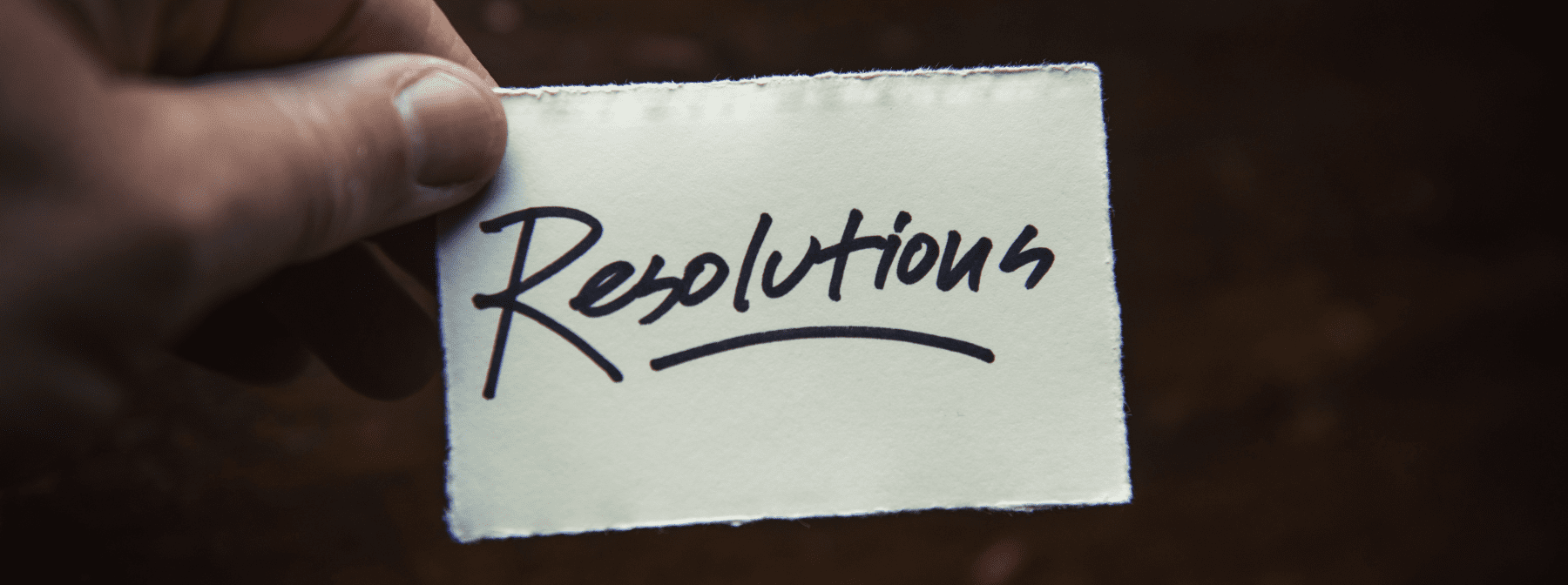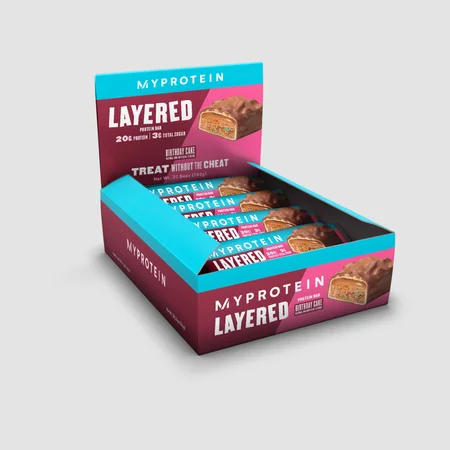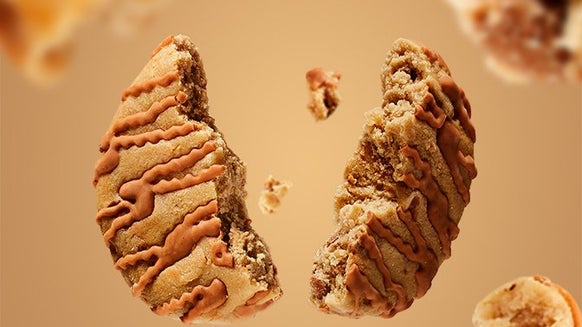
Are you looking to improve yourself this New Year’s? Many of us are looking to grow and expand in the new year, but change can be overwhelming. In fact, 80% of people drop their New Year’s Resolutions by February.1
Why Is It So Difficult to Accomplish Our Goals?
Goals are difficult for people to accomplish because they are not just behaviors, they are new behaviors that we aren’t accustomed to. Goals involve a struggle, and this is where most people want to give up. 2
This is especially true if you set lofty goals for yourself that are unrealistic. Succeeding in changing your natural or developed behaviors in a short period of time is already difficult, trying to drastically change them is nearly impossible.
We all want to make big changes in our lives, but transformations cannot happen overnight. We need to give ourselves the time and patience to transition our behaviors, as well as the tools and strategies to sustain those changes. Here we’re breaking down two key factors that have been proven to help people accomplish their goals and implement positive change: Micro-goals and habits.
What Are Micro-goals?
Micro-goals are just what they sound like- tiny goals that are smaller steps of a larger goal. The concept of micro-goals is to accomplish your goals by breaking them down into more feasible steps and habits. By breaking down large goals into easy-to-manage steps and behaviors, you can achieve your larger goals with significantly less effort and resistance. Some famous works that outline this philosophy are "Atomic Habits" by James Clear and "Tiny Habits" by BJ Fogg, Ph.D. Using either of these texts as a guide, you can create change in little increments that then build up to your larger goals.
We are better at accomplishing tiny goals because they are less daunting and overwhelming than big goals. According to a study analyzing the neuroscience behind goals and behavior change, good advice is to set modest goals for yourself, and reward even the smallest steps you take toward achieving them. 2
And even though a micro-goal may not seem like much of an accomplishment, when added together, micro-goals can form an impressive achievement.
The first step is to outline what exactly your larger goal is; what do you want? Once you have that, you can break your goal down into tinier, simpler tasks. And a great way to accomplish those smaller tasks is to turn them into habits.
What Are Habits?
The second aspect of the equation is utilizing habits to create change. Habits are actions that are triggered automatically in response to contextual cues that we associate with the specific behavior. 3
An example of a habit is checking your phone right when you wake up or washing your hands after using the bathroom. These are actions that have become automatic to us, so we often don't actively think about them but rather just do them.
The research shows that if you keep repeating an action within a specific context, you'll eventually begin to perform that action automatically within that context.3
Now, even though habits can result in bad behavior, we can use them to help implement positive change too. By breaking down your goals into small habits, you can achieve change with what will seem like a lot less effort. This combination of habits and micro-goals or small changes has been tested as a behavior change strategy.3 Once habits are solidified, you can perform those actions with little effort.3
The Phases of Habit Formation
There are three phases involved in habit formation.
Phase 1: Initiation
This is the phase in which you begin performing a new behavior within a specific context.3 So for example, if you're trying to be healthier, your new behavior can be replacing your after-dinner sugary dessert with a healthy alternative, like a Myprotein Layered Protein Bar.
Phase 2: Learning
The learning phase is when you begin to automatically perform the new action, and you continually do the action within a specific context. This will strengthen the association in your mind between the action and context in which you are performing it.3
So in our example, if you deliberately replace your after-dinner snack every night with a Layered Protein bar, your mind will begin to associate your after-dinner snack with a protein bar.
Phase 3: Stability
The final phase is the stability phase where your new habit is fully formed, and you can continue repeating it over time with little effort or thought.3
So again referencing our example, if you've eaten a protein bar as your after-dinner snack enough times, you will eventually start grabbing a protein bar after dinner without even thinking about it. In other words, you'll start performing the action with little effort or thought.
Within these phases, actions turn into automatic behaviors, and this is the key to repetition and success. When actions become habits, it allows you to do things without overthinking them, and this makes accomplishing tasks a lot easier.
Combining Micro-goals and Habits
When you combine micro-goals and habits, that is when you'll start to see success. By breaking down your goals into small habits, a lofty, seemingly unattainable goal will now be accomplished in tiny, automatic steps.
Take Home Message
To wrap it up, if you've struggled in the past with accomplishing your goals, and you want to change that this New Year's, you need a new strategy. By breaking down your goals into doable steps, and turning those steps into habits, you will start to see real change in your life, and eventually, you'll be accomplishing goals without even thinking about it.

Project 50 Challenge | Making Positive Change
Create positive change in your life, one small habit at a time. ...

Studies Show Early Rising is Good For You After All
Learn the benefits of going to bed and rising early according to the latest rese...

Here's the Tea: Studies Show Drinking Tea Boosts Longevity
Drinking tea isn't just for the taste; see the latest research on the health ben...

A Rutgers University Honors graduate, Jamie grew up on the Jersey shore and double majored in Comparative Literature and Anthropology in college. Jamie is an experienced writer in the health and wellness, biotech, and eCommerce fields. She loves writing with a purpose and has even written for the Department of Justice.
Jamie became drawn to exercise during her time in university and began to notice the physical and mental benefits of moving your body daily. Today, Jamie enjoys Pilates, light weight training, and going on long walks in nature daily.
Jamie is also passionate about eating right and prioritizing gut health and immunity. She is always trying the next innovation in health and wellness. When she’s not writing articles, Jamie enjoys reading, playing guitar, and finding dogs to play with.
1.Cnn. (2021, December 31). Research shows 80% of people abandon their new year’s resolutions by February. ABC Columbia. Retrieved December 8, 2022, from https://www.abccolumbia.com/2021/12/31/research-shows-80-of-people-abandon-their-new-years-resolutions-by-february/
2. Berkman ET. The Neuroscience of Goals and Behavior Change. Consult Psychol J. 2018 Mar;70(1):28-44. doi: 10.1037/cpb0000094. PMID: 29551879; PMCID: PMC5854216.
3.Gardner, B., Lally, P., & Wardle, J. (2012, December). Making health habitual: The psychology of ‘habit-formation’ and general practice. The British journal of general practice : the journal of the Royal College of General Practitioners. Retrieved December 8, 2022, from https://www.ncbi.nlm.nih.gov/pmc/articles/PMC3505409/








